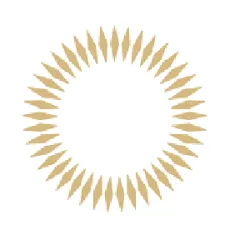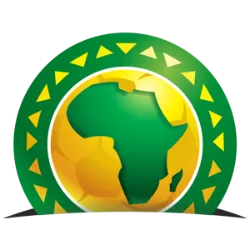The Moon is the only natural satellite of the Earth

The Moon is the only natural satellite of the Earth, formed practically together with it and with the emergence of the Universe. It received the name Luna, from Latin, as it was the only known moon at the time. Only in 1610, when Galileo Galilei discovered other moons in the solar system, was the existence of others confirmed. Due to its thin atmosphere, the Moon has numerous craters, the result of continuous impacts with meteors, comets and asteroids. It rotates around its own axis (rotational movement), which means that we always see the same face, and it does not have its own light, but is visible due to the reflected light of the Sun. Depending on the position in relation to the Earth and the Sun, the Moon has different illuminations, called phases of the Moon.
Did you know??










